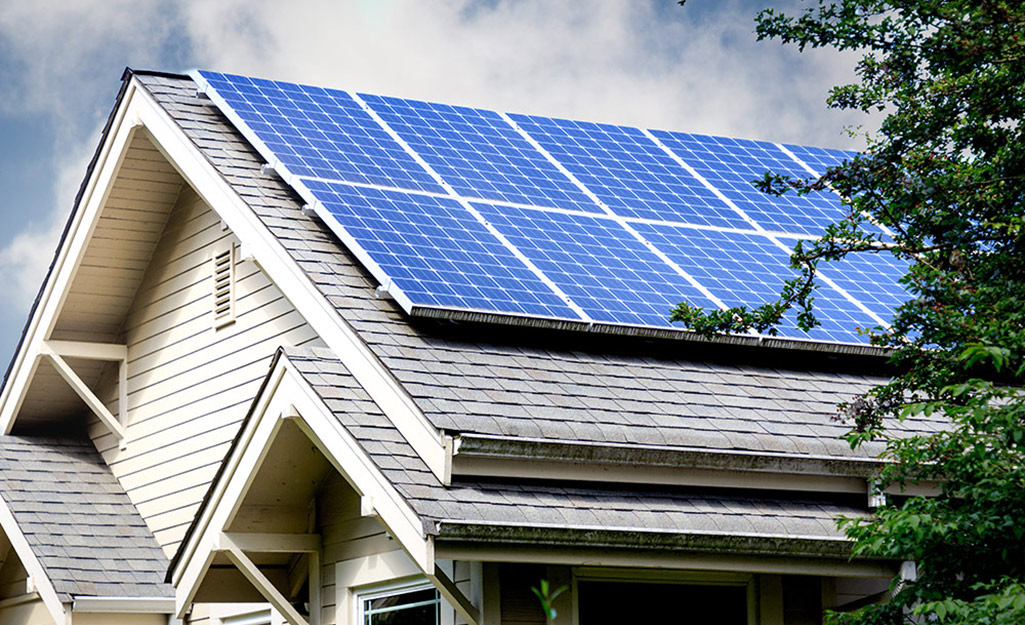In an era where sustainability and environmental consciousness are at the forefront of global conversations, the quest for clean and renewable energy sources has never been more critical. Among the myriad of solutions, solar panels stand out as a shining example of innovation and efficiency. This article takes you on a journey into the fascinating world of solar panels, exploring their evolution, functionality, and the transformative impact they have on our planet.
The Evolution of Solar Panels:
The concept of harnessing the sun’s energy dates back centuries, but it wasn’t until the mid-20th century that scientists and engineers began developing the technology that would become modern solar panels. The first practical solar cell was invented by Bell Laboratories in 1954, marking the beginning of a revolutionary era in energy production.
Early solar panels were relatively inefficient and expensive, limiting their widespread adoption. However, advancements in materials science and manufacturing processes over the decades have led to substantial improvements. Today, solar panels are more affordable, efficient, and accessible than ever before.
How Solar Panels Work:
At the heart of every solar panel is the photovoltaic (PV) cell. These cells are typically made from silicon, a semiconductor that can convert sunlight into electricity. When sunlight strikes the PV cells, it excites electrons, creating an electric current. This direct current (DC) is then converted into alternating current (AC) by an inverter, making it compatible with the electrical grid or for use in homes and businesses.
The Beauty of Net Metering:
One of the remarkable features of solar panels is their compatibility with net metering. Net metering allows homeowners and businesses to send excess electricity generated by their solar panels back to the grid, earning them credits. During periods of low sunlight or high energy demand, they can draw electricity from the grid using these credits. This dynamic relationship ensures a more balanced and sustainable energy ecosystem.
Solar Panels in Everyday Life:
The applications of solar panels are diverse, ranging from powering individual homes to supporting large-scale solar farms. Solar-powered streetlights, water heaters, and even solar-powered charging stations for electric vehicles showcase the versatility of this technology. Additionally, portable solar panels have become popular for outdoor enthusiasts, providing a sustainable power source for camping trips and adventures.
Environmental Impact:
Perhaps one of the most compelling aspects of solar panels is their positive impact on the environment. Solar energy is a clean and renewable resource, producing electricity without emitting greenhouse gases or other pollutants. By reducing our reliance on fossil fuels, solar panels contribute to mitigating climate change and preserving the planet for future generations.
Challenges and Innovations:
While solar panels have made remarkable strides, challenges remain. Issues such as energy storage, intermittency, and the environmental impact of manufacturing need to be addressed. Fortunately, ongoing research and innovation are focused on developing improved technologies and sustainable practices to overcome these challenges.
Conclusion:
Solar panels represent a beacon of hope in our quest for sustainable and clean energy solutions. Their evolution from humble beginnings to transformative technology mirrors our collective commitment to a greener and more sustainable future. As we continue to harness the power of the sun, the potential for positive change in our energy landscape becomes increasingly evident, paving the way for a brighter, cleaner, and more sustainable world.

